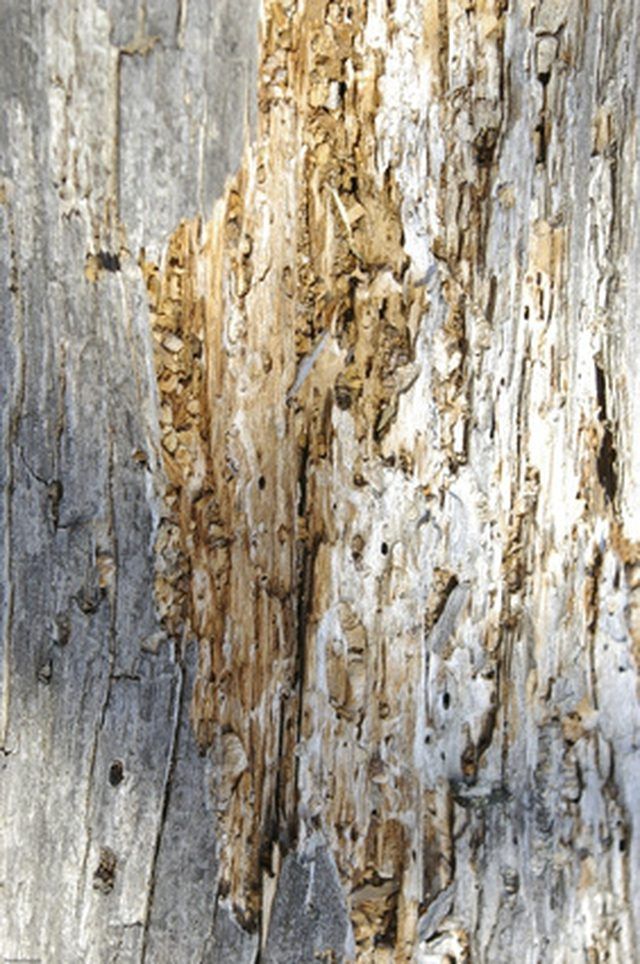Bulbs
Flower Basics
Flower Beds & Specialty Gardens
Flower Garden
Garden Furniture
Garden Gnomes
Garden Seeds
Garden Sheds
Garden Statues
Garden Tools & Supplies
Gardening Basics
Green & Organic
Groundcovers & Vines
Growing Annuals
Growing Basil
Growing Beans
Growing Berries
Growing Blueberries
Growing Cactus
Growing Corn
Growing Cotton
Growing Edibles
Growing Flowers
Growing Garlic
Growing Grapes
Growing Grass
Growing Herbs
Growing Jasmine
Growing Mint
Growing Mushrooms
Orchids
Growing Peanuts
Growing Perennials
Growing Plants
Growing Rosemary
Growing Roses
Growing Strawberries
Growing Sunflowers
Growing Thyme
Growing Tomatoes
Growing Tulips
Growing Vegetables
Herb Basics
Herb Garden
Indoor Growing
Landscaping Basics
Landscaping Patios
Landscaping Plants
Landscaping Shrubs
Landscaping Trees
Landscaping Walks & Pathways
Lawn Basics
Lawn Maintenance
Lawn Mowers
Lawn Ornaments
Lawn Planting
Lawn Tools
Outdoor Growing
Overall Landscape Planning
Pests, Weeds & Problems
Plant Basics
Rock Garden
Rose Garden
Shrubs
Soil
Specialty Gardens
Trees
Vegetable Garden
Yard Maintenance
Baby Termites Vs. Baby Ants
Baby Termites Vs. Baby Ants. You've noticed something small crawling through your house. Is it a termite? Is it an ant? How do you begin to tell the difference between the two? The answer to that question is very important because ants and termites each require different types of treatments to remedy the problem effectively. The best way to tell...

You've noticed something small crawling through your house. Is it a termite? Is it an ant? How do you begin to tell the difference between the two? The answer to that question is very important because ants and termites each require different types of treatments to remedy the problem effectively. The best way to tell baby ants from baby termites is by getting up close and really looking at them.
Baby Ants
Actually a baby ant looks more like a maggot than an ant, so if you're seeing tiny ants what you've really got are sugar ants on expedition. Like all members of the ant family, sugar ants will have bodies with three distinct segments (abdomen, head and thorax). The waist area for ants is thin, allowing for freedom of movement. Additional ant characteristics include bent antennae and six segmented legs on their lower body.
Baby Termites
Baby termites start out in a larva stage, so if you're seeing small bugs that look like ants, they way well be just that. Note that like sugar ants termites can get into very small spaces thanks to their size. However there are some key differences between the two. Where ants come into the open areas of the home when seeking food, termites like to stay in the nest. This is another reason to suspect any tiny insects you've seen could be ants. About the only time you may see termites is when they swarm in spring, which is how they mate. If you see winged termites in the house, you definitely have a problem on your hands. Termites seek out damp spaces and eat all day long, which is why they're also so destructive. To determine if you're looking at a termite, not an ant, look at the antennae--they should be straight unlike the curved ones in ants. Also the waist of a termite is thicker than that of an ant, and unlike ants a termite's wings are all the same size.
Ant and Termite Life Cycle
The life cycle of an ant progresses from a fertilized or unfertilized egg to larva, pupa and then finally an adult. The fertilized eggs become female ants, while unfertilized ones become male ants. In the larva stage ants look more like worms. When they reach the pupa stage the ant goes into a cocoon from which it will emerge an adult. This whole cycle averages eight weeks. By comparison termites begin as eggs, then grow to larva, nymphs and adults of varying castes (pheromones determine caste selection). Unlike ants they do not have a metamorphic stage. Nymphs are simply smaller than adult termites.
What They Eat
Small ants and termites eat different things. Sweets attract ants, but that's not all they will eat (this is why you see ants carrying crumbs back to the nest sometimes). Termites, on the other hand eat wood, cloth, paper and even carpeting. They're particularly attracted to sources of food in cool damp areas during the summer months, making cellars prime real estate for termites.
Prevention/Solutions
From early spring to early fall the best way to regulate sugar ants is by keeping sweet, sticky items cleaned up in and around your home (especially the kitchen and pantry). Also make sure your sinks stay dry and food disposals are regularly cleaned out. Cleaning these areas with bleach discourages the ants as it disrupts their ability to follow scents. If those efforts don't help you may need a borax ball. It's made with sweetener to attract the ants. When the foraging ants return to the colony they share the food and poison the nest. Termites aren't so simple. For one, they're usually much harder to locate. Because of the construction damage termites create in a home, and gaining access to the common places they hide can prove very difficult, professional assistance is often required to remove the nest.